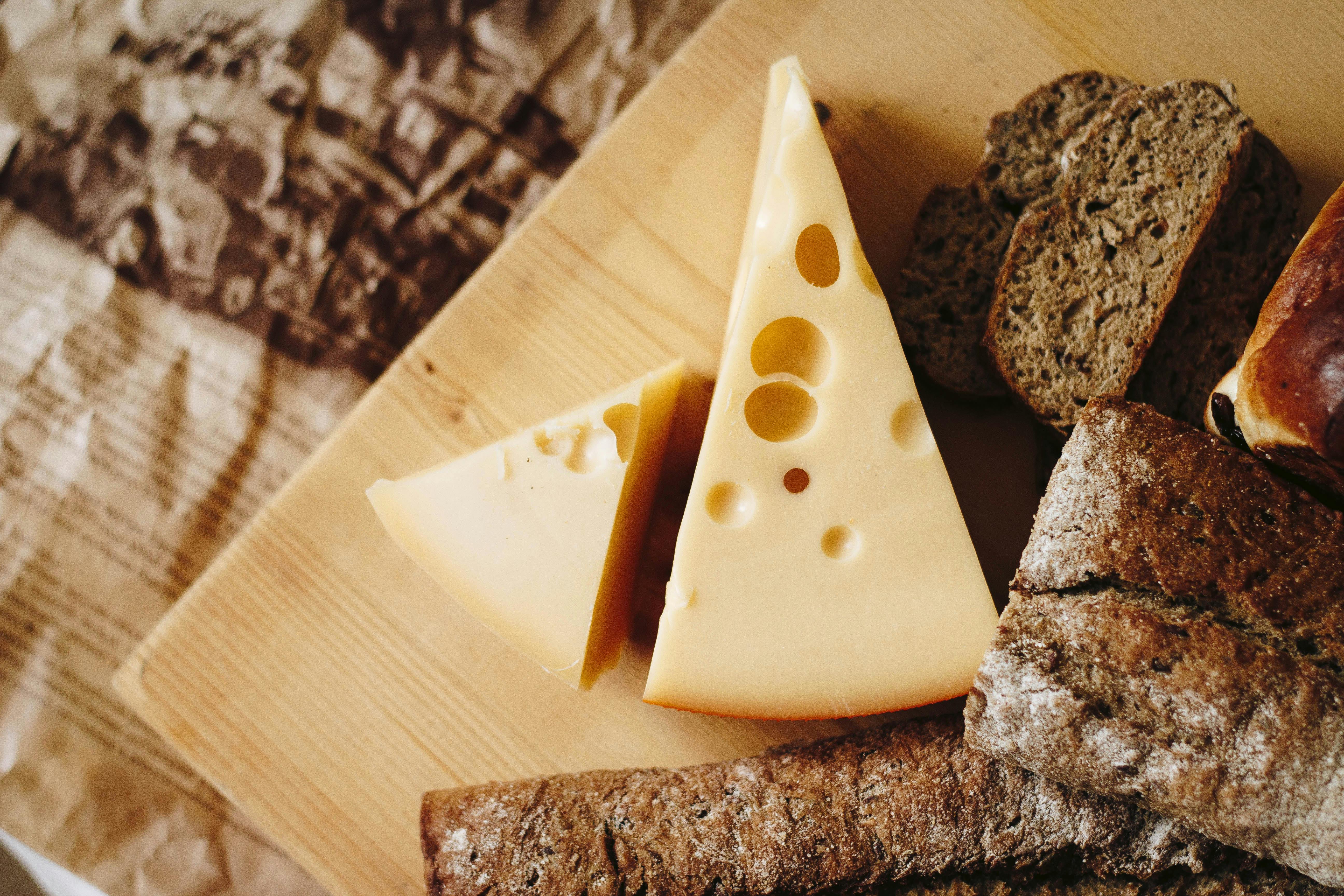An Introduction to Artisanal Cheese: A World Beyond Cheddar
Cheese is a staple food in many cultures, offering a complex range of flavors and textures crafted from a simple ingredient: milk. Today, we will embark on an exploration of artisanal cheese, a world that extends far beyond familiar cheddar and mozzarella.

Unmasking the Artisanal Cheese Making Process
The labor-intensive journey of artisanal cheese begins with high-quality milk, typically sourced from a single herd. This guarantees consistency in the flavors and quality of the cheese. The milk is then pasteurized and cultured with specific bacteria that define the cheese’s ultimate flavor profile. Rennet is added to coagulate the milk, which is then cut into curds and heated. The curds are pressed into molds and left to age, a process that can take anywhere from a few weeks to several years.
Exploring the Diversity of Artisanal Cheese
The diversity of artisanal cheese is vast and fascinating. It ranges from soft, creamy Brie and Camembert, to the pungent Roquefort and Gorgonzola, to the hard, sharp Parmigiano-Reggiano and aged Gouda. Each type offers a unique flavor profile and texture that mirrors the environment, culture, and tradition of its place of origin.
Pairing Artisanal Cheese
Finding the perfect beverage to accompany your artisanal cheese can elevate your gastronomic experience. Light, fresh cheeses such as young goat cheese pair well with crisp white wines or light beers. Rich, creamy cheeses like Camembert go beautifully with sparkling wines or fruity beers, while strong, aged cheeses like Gouda or Cheddar are complemented by full-bodied red wines or dark beers.
The Role of Artisanal Cheese in Culinary Innovations
Artisanal cheese has become a key player in culinary innovation worldwide. Chefs are incorporating these unique cheeses into their recipes, creating dishes that offer unexpected flavor combinations, textures, and aromas. From gourmet pizzas topped with taleggio to pastas tossed with crumbled blue cheese, the possibilities are endless.
Some Cheese Facts and Tips:
- When serving cheese, take it out of the refrigerator 30 to 60 minutes ahead to allow the flavors to develop.
- Hard cheeses like Parmigiano-Reggiano can be stored for a long time, while soft cheeses like Brie should be consumed within a week.
- Cheese should be stored in wax or cheese paper, not cling wrap, to allow it to breathe.
- Always use a separate knife for cutting each type of cheese to prevent cross-contamination of flavors.
In conclusion, the world of artisanal cheese offers an endless array of flavors, textures, and culinary possibilities. By understanding the process of cheese making and the diversity of artisanal cheeses, we can better appreciate this humble, yet complex food. Whether you’re a food enthusiast or just love to nibble on a good piece of cheese, diving into the world of artisanal cheese promises a delicious journey.




